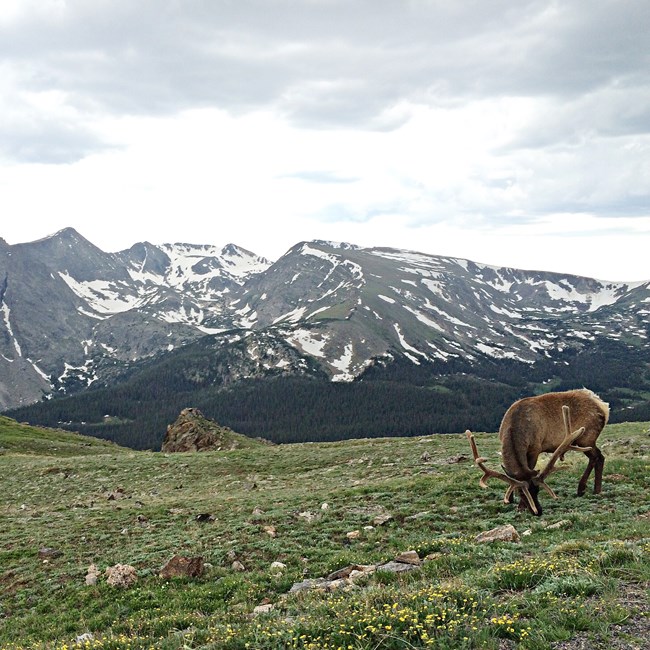
Importance/IssuesLandscapes within and surrounding protected areas, including Rocky Mountain Network parks, are undergoing varying degrees of anthropogenic and natural modification that can have cascading effects on park resources. Rocky Mountain Network parks include both relatively large landscapes composed of interacting yet heterogeneous ecosystems (Glacier National Park, Great Sand Dunes National Park and Preserve, Rocky Mountain National Park) and smaller areas that are often critically influenced by the surrounding landscape structure and use (Florissant Fossil Beds National Monument, Grant-Kohrs Ranch National Historic Site, Little Bighorn Battlefield National Monument). Although the effects of landscape dynamics differ in scale and intensity, concerns about potential ecological consequences are similar; landscape-scale mechanisms are well-recognized as important drivers impacting all six parks. Critical management issues and ecological processes extending across parks and beyond their boundaries:
The importance of landscape context is underscored by its recognition as a systemic driver affecting all terrestrial and aquatic systems and species in Rocky Mountain parks to some degree. For example, the distribution and activities of animals transcend park boundaries. This has implications on land use for available habitats and influences of animals on habitat conditions, such as the distribution and hydrologic modifications of beaver, ungulate migration and herbivory patterns, and the health and distribution of top-carnivore/omnivore populations. Streams often extend across park boundaries with critical inputs and influences from upstream sources (water chemistry, surface water dynamics, groundwater dynamics, and freshwater communities), but also from downstream sources (esp. freshwater communities and invasive aquatic species). Sources of atmospheric pollutants (e.g., SO2, NOx and heavy metals) and invasive species (terrestrial and aquatic) are heavily influenced by geographic position and spatial connections that are best monitored through wide-area landscape monitoring. Preliminary Monitoring Objectives
Potential Measures
Protocol Development and StatusThe landscape dynamics protocol addresses a single Rocky Mountain Network vital sign: landscape dynamics. The protocol will be implemented in all six Rocky Mountain Network parks (with buffers based on watersheds and/or ecoregion boundaries), but is currently on hold as regional and national examples are developed. Parks This Protocol is Monitored At
Vital Signs This Protocol Monitors
|
Last updated: April 19, 2018
